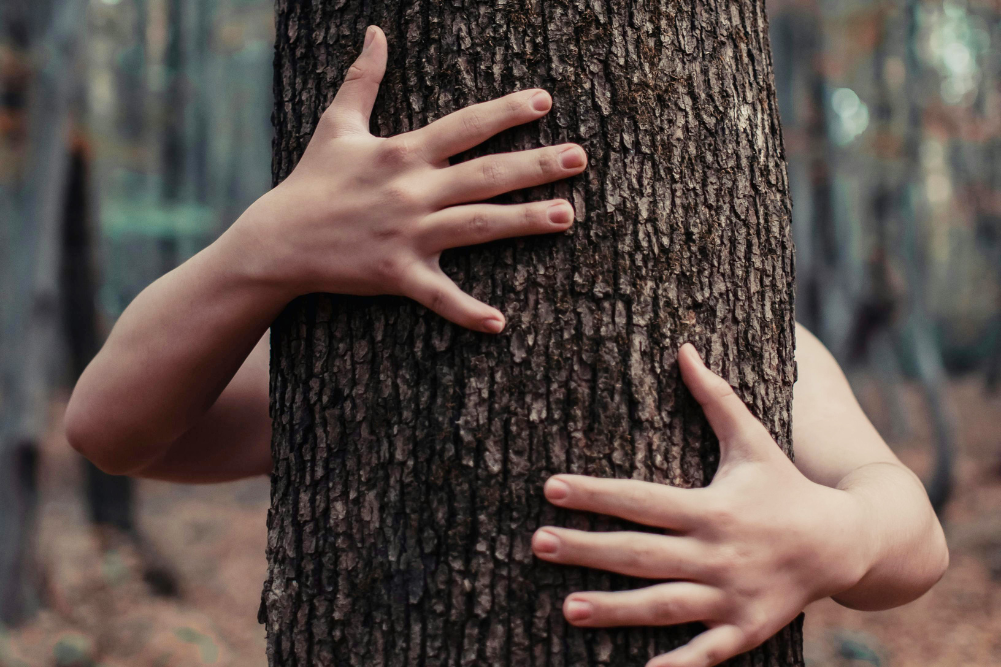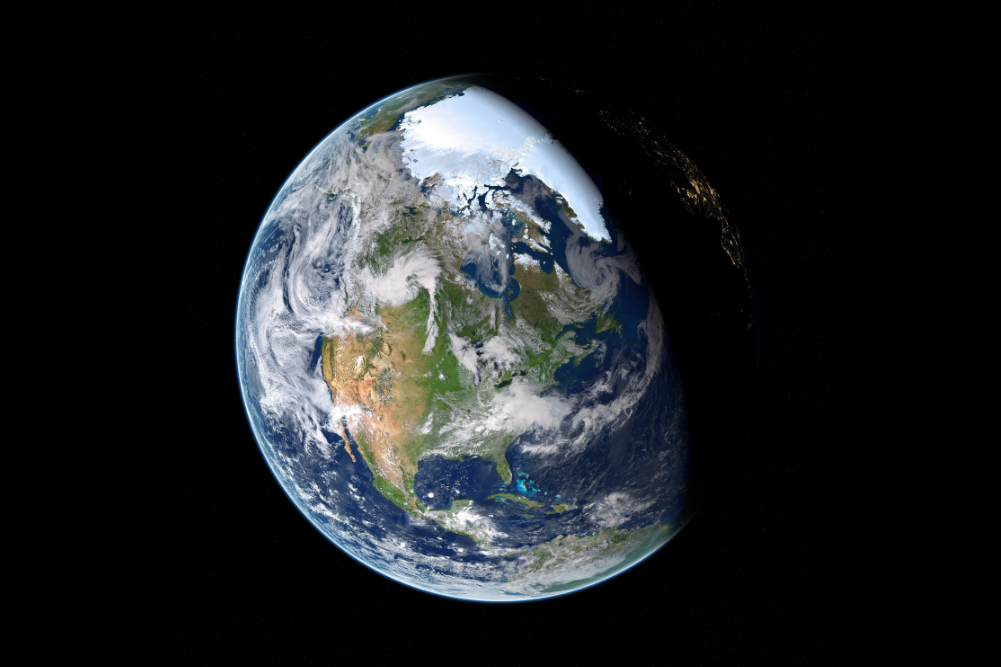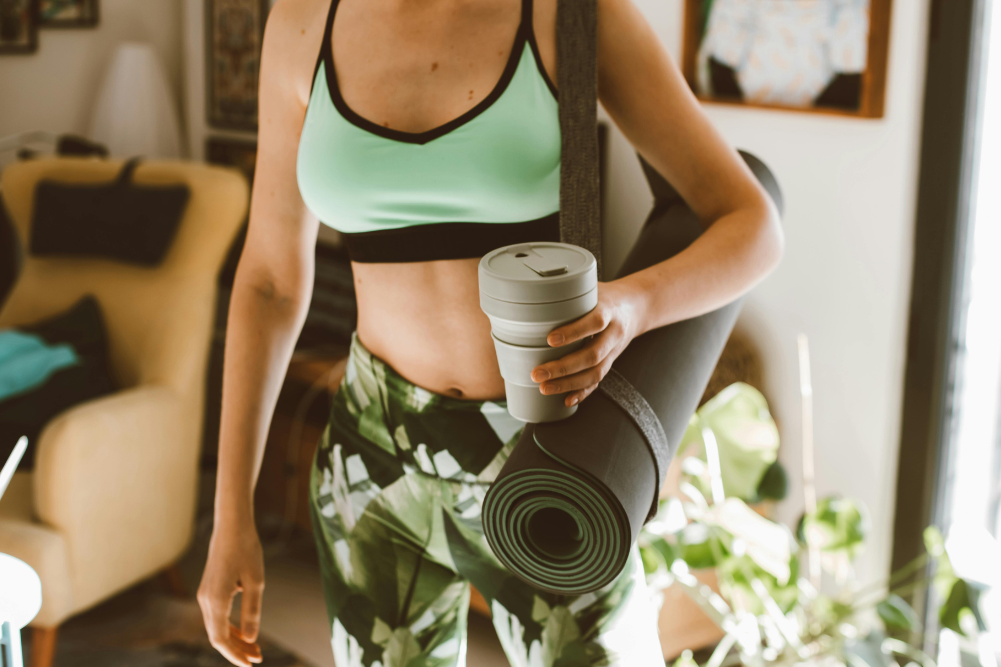Did you know it takes 9000 litres of water to produce a pair of denim jeans? How to find sexy, ethical jeans
Everybody loves a good pair of jeans that fit like a glove and make you feel great about yourself.
However, there’s nothing sexy about a pair of jeans that mean a farmer was poisoned by glyphosate or underpaid for his crop. There’s nothing sexy about jeans when the woman making them is paid less than it takes to feed her family, working fulltime. There’s nothing sexy about the hormone disruptors and environmental pollutants in many of the denim dyes. There’s nothing sexy about running out of town water because of the water it takes to make a pair of jeans.
And I know, I know, you’re maybe thinking, “Oh, God, here I go now having to feel bad about the jeans I have.”
I’m here to remind you if you’re new to the column that no, you’re not to feel guilty. You can’t feel guilt for what you didn’t know so today it’s about getting excited about when your current jeans kick the bucket. (Yes, do wait if they’re still in great condition. It’s more sustainable to wear them to the bitter end than to rush out and buy new ones today.)
The dirt on denim
It takes about 9000 litres of water to produce a pair of denim jeans — and the world makes about two billion pairs of jeans per year.
Millions of factory workers are in poverty or at risk because of a lack of fair trade and safe building regulations for factory workers in countries like Bangladesh, where 1100 people were killed in the Rana Plaza building collapse of 2013. Bangladesh and its 5000 garment factories are known for the lowest wages in the industry.
It takes about 9000 litres of water to produce a pair of denim jeans — and the world makes about two billion pairs per year.
Synthetic indigo dye grips on to fibres and coats them, leaching slowly over time and contaminating waterways. Juan Hinestroza, associate professor of fibre science at Cornell University and director of its textiles nanotechnology laboratory, says of colours used in textiles, “In some areas of China, you can tell which colours are fashionable in New York and Paris by the colour of the rivers.” Yes, when colour washes away, it washes somewhere out there over time and it even washes onto our skin. What’s our skin? Our body’s largest organ and a key detoxifying channel.
Toxic production chemicals and shipping chemicals such as alkylphenols, formaldehyde and chlorinated phenols are used on our jeans and in fashion in general. This is no good for the factory and transport workers who have to administer them — nor for us who have to wear them at the end of the line. People’s sensitivities will vary to such chemicals but there’s absolutely no question they’re harmful to people and planet overall.
What to do
Choose brands that offer transparency. If you’ve liked a brand in the past, Google its website, check out its “about” pages and see if there’s anything on social impact or its efforts as a company to be more sustainable. Supporting the brands that are part of Greenpeace’s “Detox our Future” campaign, removing harmful toxins from their clothes by 2020, is a great start.
If you’re unsure of whether chemicals have been sprayed on your jeans in transit from overseas (formaldehyde is often used to prevent mould growth), then (and I know this might be sacrilege when it comes to jeans) the best thing you can do is wash them a couple of times in a gentle, eco-friendly laundry wash.
You can question the dyes used and weigh up your options, ensuring they’re environmentally safe and non-toxic to you.
You can support organic cotton brands wherever possible. GOTS certified is ideal as this even gives you the assurance that the entire production chain and all the people in it are protected and paid fairly and the garment is low-tox. It might be more expensive, yes, but given there’s a lot less water usage and chemical usage in organic cotton farming, it’s worth it.
Which leads me to suggest that perhaps you can start thinking quality, not quantity, a bit more. One casual day-to-day and one skinny, dressier jean per person is plenty.
The good news is there are amazing initiatives and brands doing incredible things these days. There are brands committed to denim recycling, other companies popping up making things out of scrap denim, closed-loop water systems being put in place and technologies like Advanced Denim, launched in 2012 and saving water and many processes in the dyeing stage. “If just 25 per cent of the world’s denim jeans were dyed with this technology it would save enough water to cover the needs of 1.7 million people every year,” says Miguel Sanchez, a chemical engineer at Clariant, the specialist chemical company in Switzerland that created it.
It’s amazing just how powerful getting curious and then choosing based on our values and sense of justice can be for creating a better world together. Choose great jeans, and fewer of them, and we reduce water usage, dyes and materials wastage and gain a greater appreciation for what we choose every time we wear them — or any other clothing item, for that matter. And please remember: double denim looks good on very few people.








